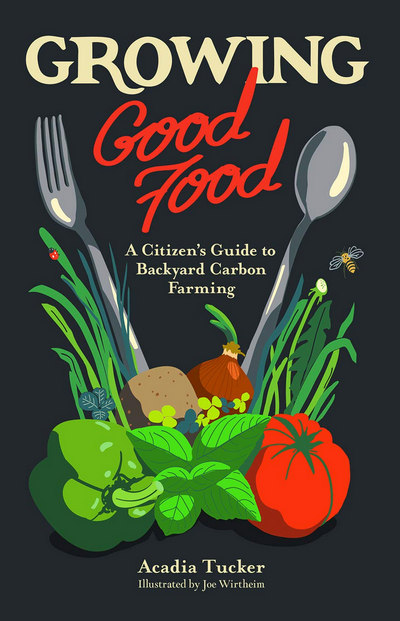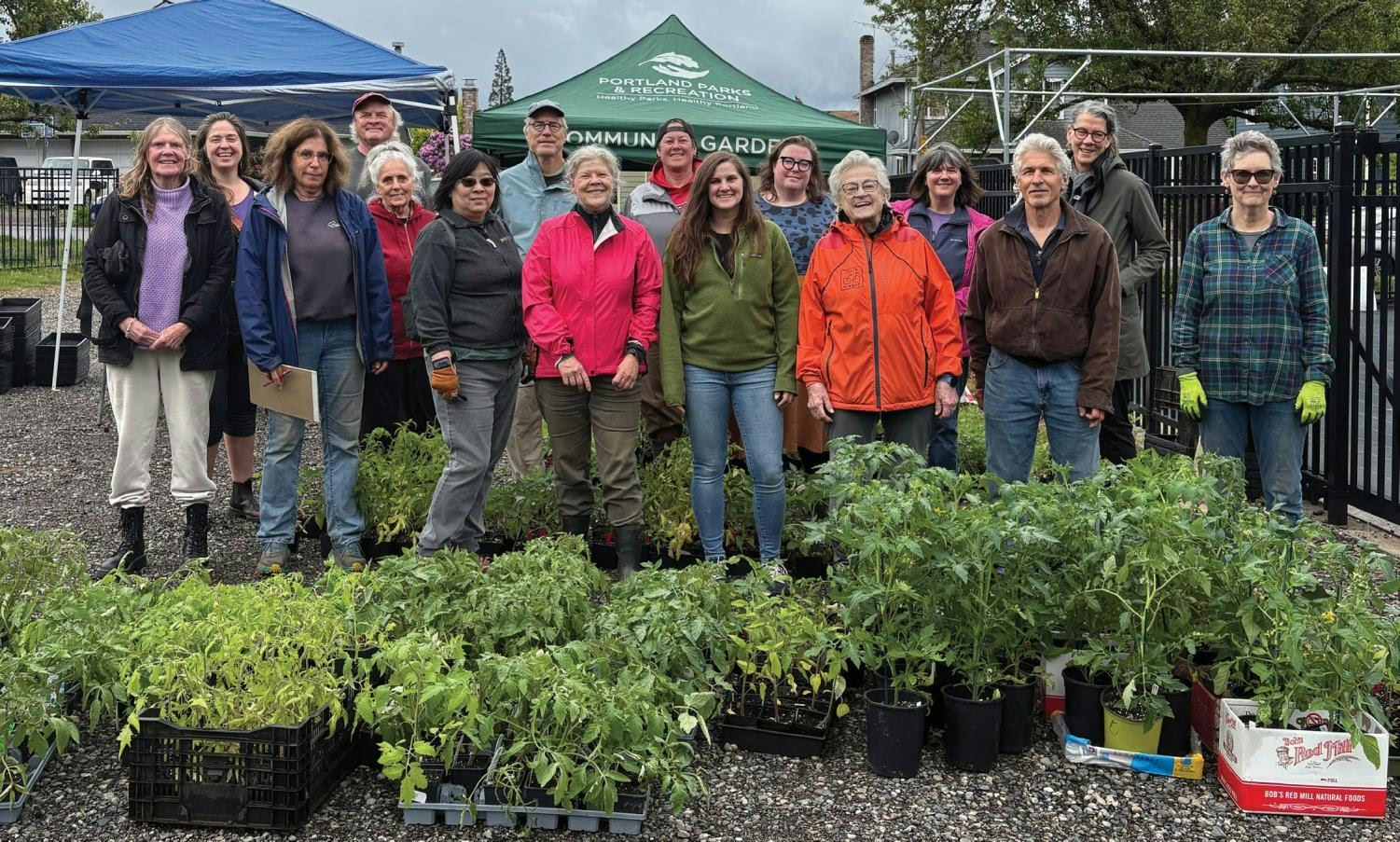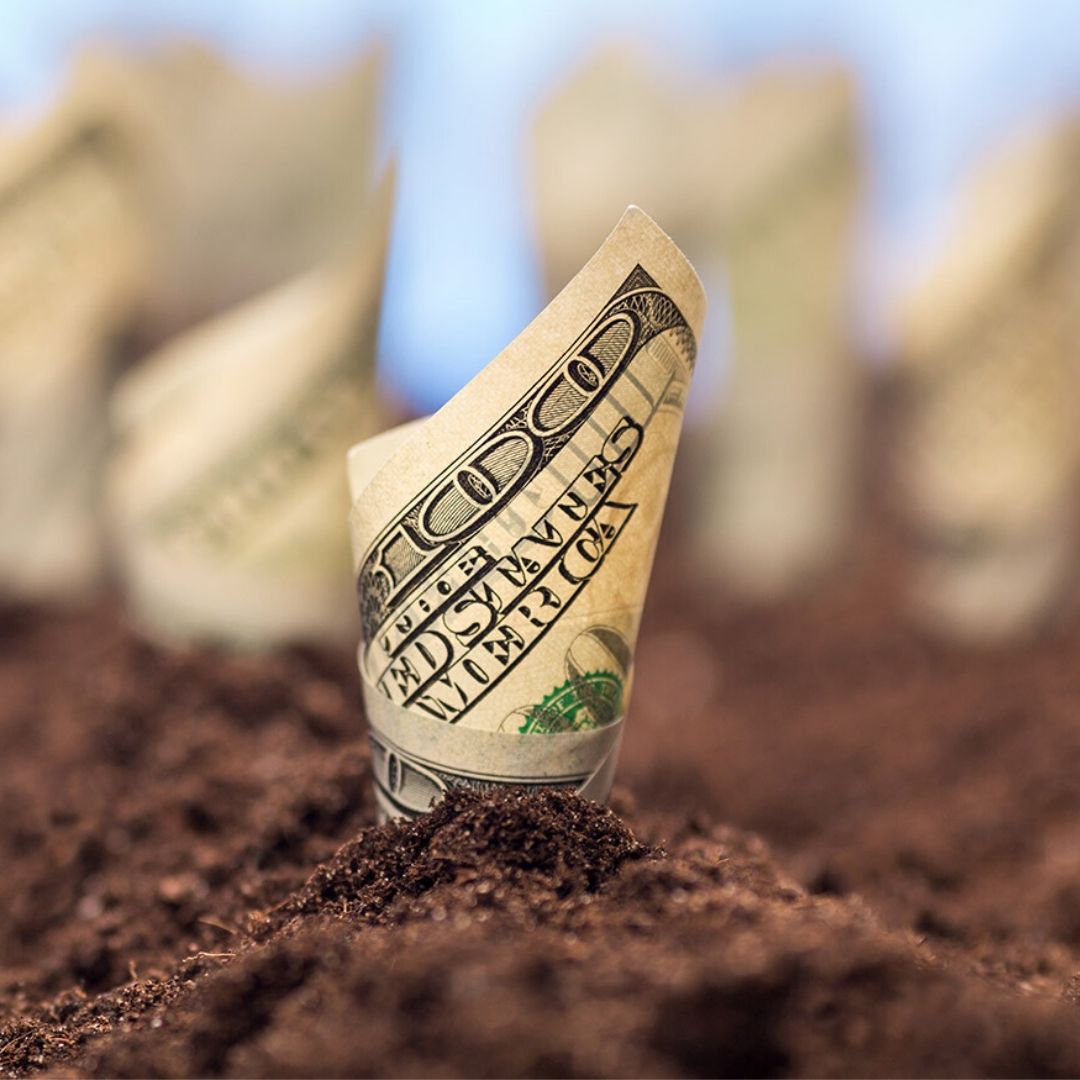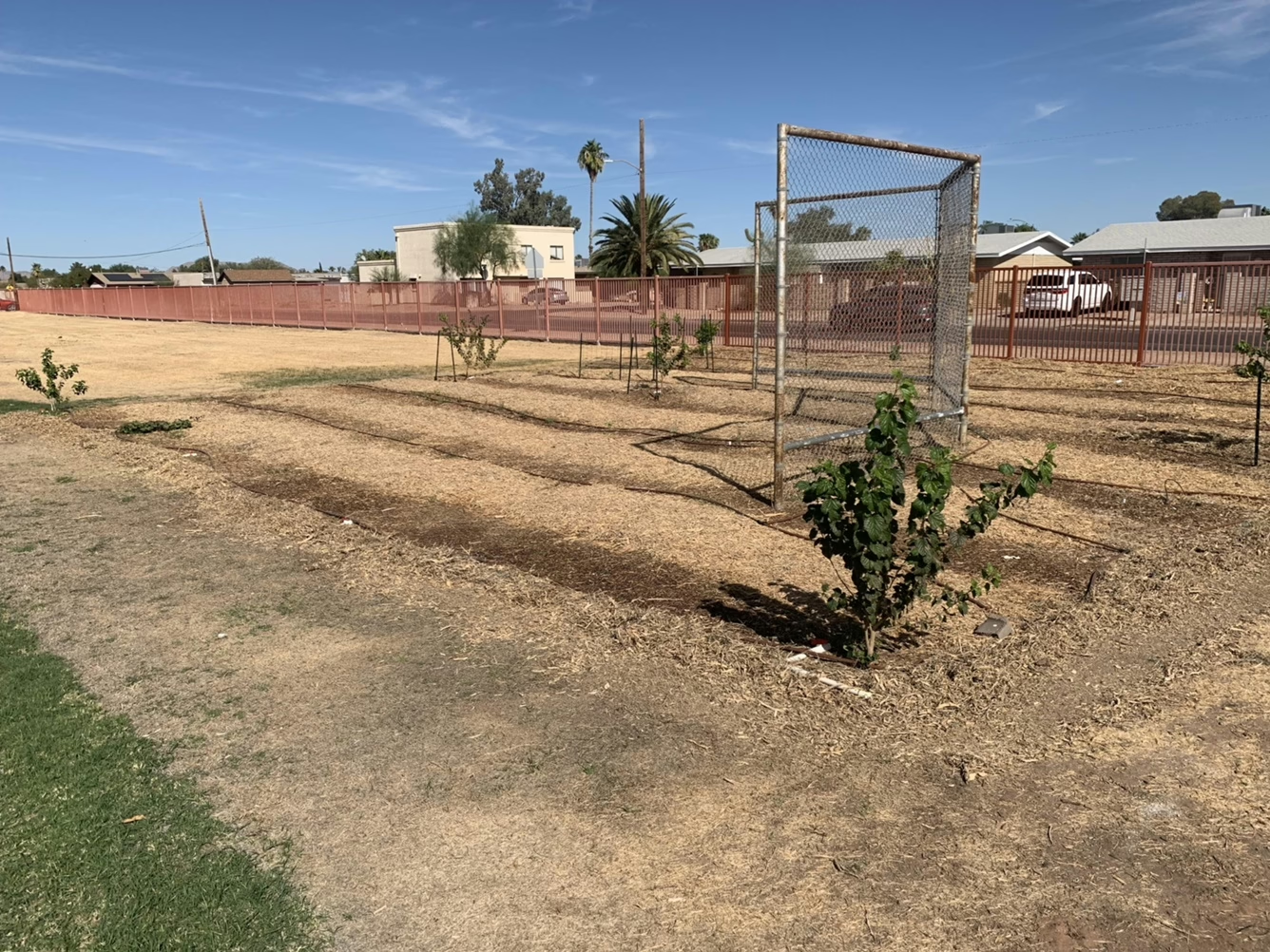Book Review of Growing Good Food: A Citizen’s Guide to Backyard Carbon Farming and Growing Perennial Foods: A Field Guide to Raising Resilient Herbs, Fruits & Vegetables both by Acadia Tucker
In these times of environment and climate uncertainty, it can be very easy to get discouraged and overwhelmed not only by the issues we face, but also by the seemingly global scale of the solutions. I know that on more than one occasion, I’ve stood looking at the flowers and vegetables filling the gardens in my own yard and thought to myself — ‘sure, these are nice, but how much broad impact is this actually having?’. In farmer and plant aficionado Acadia Tucker’s two books Growing Good Food and Growing Perennial Foods, she offers a compelling case for a way to make a difference in the fight against climate change while also growing some tasty food in the process.
Tucker’s two books operate very much in tandem — there is some overlap but each has its own specific emphasis (which I’ll detail later). The underlying concept that forms the foundation to both is “regenerative farming”. I have to admit that my familiarity with that term extended only so far as my having heard it and figured it was just another new buzz word for something that was far too complex or difficult to implement on the small scale of my postage stamp, neighborhood yard. Tucker completely proved my preconceived notion as false.
Regenerative farming is primarily based on the idea of growing plants (and thus food) in the way of nature. The theory is that nature had been doing quite well, thank you very much, growing vast amounts of plants and food for eons in a very sustainable manner, until we started plowing up and disturbing soil, adding tons of fertilizers and other chemicals, setting up agricultural practices that require more and more intervention. For Tucker, the idea that regenerative farming can help grow more food and help address climate change can be applied to farms consisting of thousands of acres or that 4 x 4 plot by your driveway — because it all comes down to soil.
Everyone knows that plants are key to trapping and storing carbon, thus pulling it out of the atmosphere. But what I didn’t realize was the huge role that healthy soil plays in making this trap and store cycle even more effective, as healthy soil is four times more effective at trapping and storing carbon than plants alone. There is the obvious means that we have all witnessed: plants trap the carbon and store it in their leaves and other structures, when the leaves fall or die back they and their stored carbon are decomposed into the soil by worms and other helpful critters. But the soil’s work with plants to store carbon goes even further, one that involves a symbiotic relationship between plants and the bacteria, fungi, and other microbes that live in healthy soil. A plant’s roots secrete a carbon-rich sugar that attracts and feeds a whole host of bacteria, fungi, and other microbes. In return these little creatures help the plant access nutrients it otherwise couldn’t and even helps them ward off pests and diseases. But how does that matter to climate change? Because when all those microscopic creatures die, all the carbon they consumed that the plant had gathered from the atmosphere, stays trapped in the soil and can for centuries — unless someone comes along to plow or rototill it all right back up. This is why the undisturbed soil concept of regenerative farming is so critical.
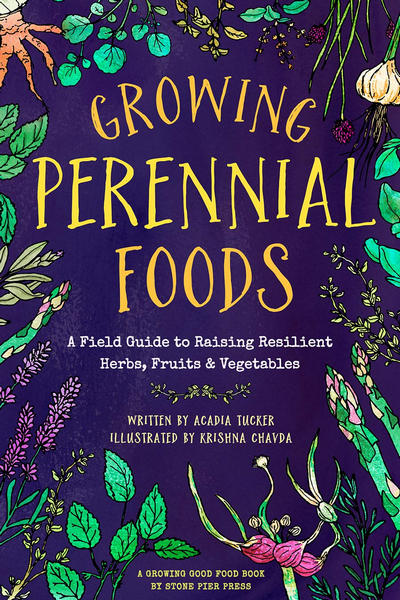 Tucker’s two books will help even the most beginner of a gardener create a carbon trapping space that also produces tasty crops. If you are more on the beginner side and not as familiar with the process of producing your own compost, the terms sheet mulch or soil testing, or how to build soil, I would definitely recommend starting with Growing Good Food. It focuses on the steps you need to take before you buy a single plant. Tucker explains it all in a detailed but easy to digest manner. It gives a great primer in understanding why soil health is so important and how you can achieve it. Further into the book are brief, but helpful, profiles of tough and resilient plants that will succeed in a variety of unpredictable and challenging conditions.
Tucker’s two books will help even the most beginner of a gardener create a carbon trapping space that also produces tasty crops. If you are more on the beginner side and not as familiar with the process of producing your own compost, the terms sheet mulch or soil testing, or how to build soil, I would definitely recommend starting with Growing Good Food. It focuses on the steps you need to take before you buy a single plant. Tucker explains it all in a detailed but easy to digest manner. It gives a great primer in understanding why soil health is so important and how you can achieve it. Further into the book are brief, but helpful, profiles of tough and resilient plants that will succeed in a variety of unpredictable and challenging conditions.
Her other book, Growing Perennial Foods, puts the focus on the plants. It gives a brief introduction to the concepts of regenerative farming and the importance of soil building. But the build of this book details the perennial plants (along with a few hardy annuals) that will be the stars of your gardens. The detailed plant profiles will provide any gardener with the knowledge needed to help ensure your plants thrive. Plus, the included recipes provide great ideas for what to do with your bountiful harvest. I really like the concept of perennial food crops — we have our perennial flowers in our gardens so why not food crops?
Overall, I would highly recommend these two books to anyone seeking to grow healthy food in a more ecological and sustainable manner, while also helping to address climate change. The more experienced gardener could likely get by with Growing Perennial Foods as a stand-alone, but for beginners I would recommend using them in tandem.
 About the author:
About the author:
Kyle Neugebauer is a member of SeedMoney’s board and a former librarian. He recently started his own business. His interests include photography, gardening, quilting, pottery, birdwatching, punchneedle, and many other eclectic diversions.
Find more of his work at www.tidalforcecreations.com


